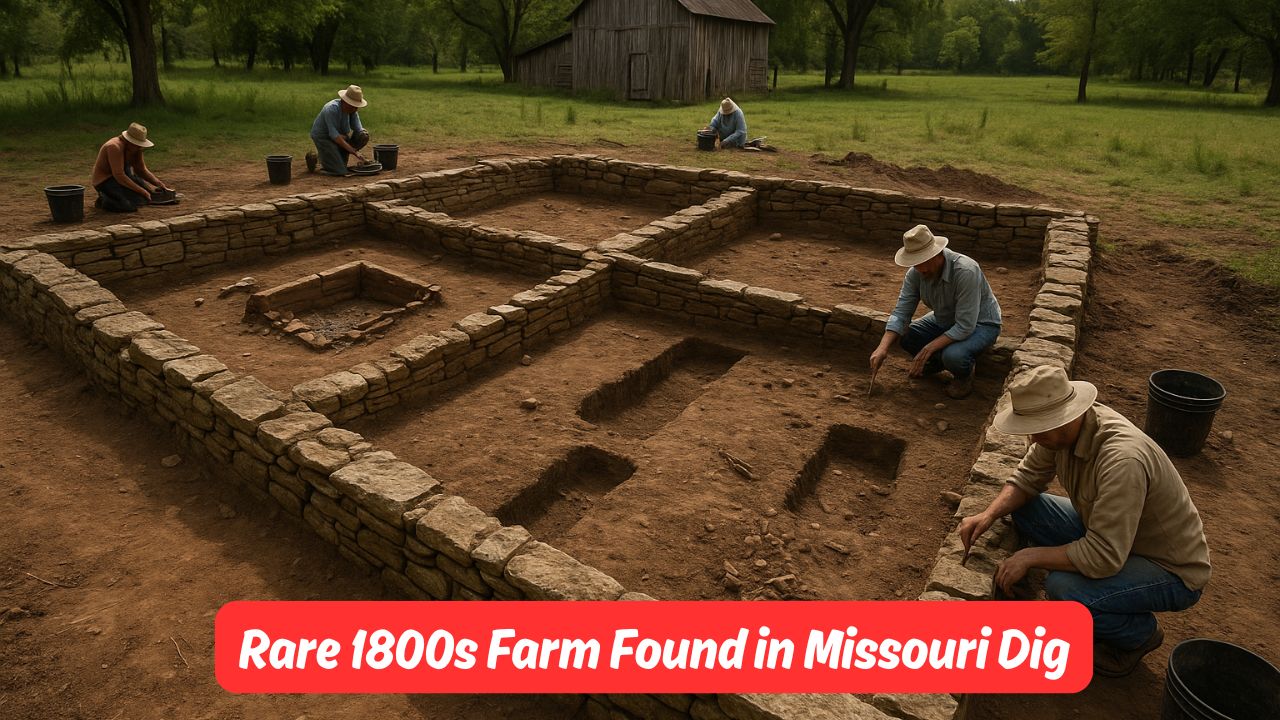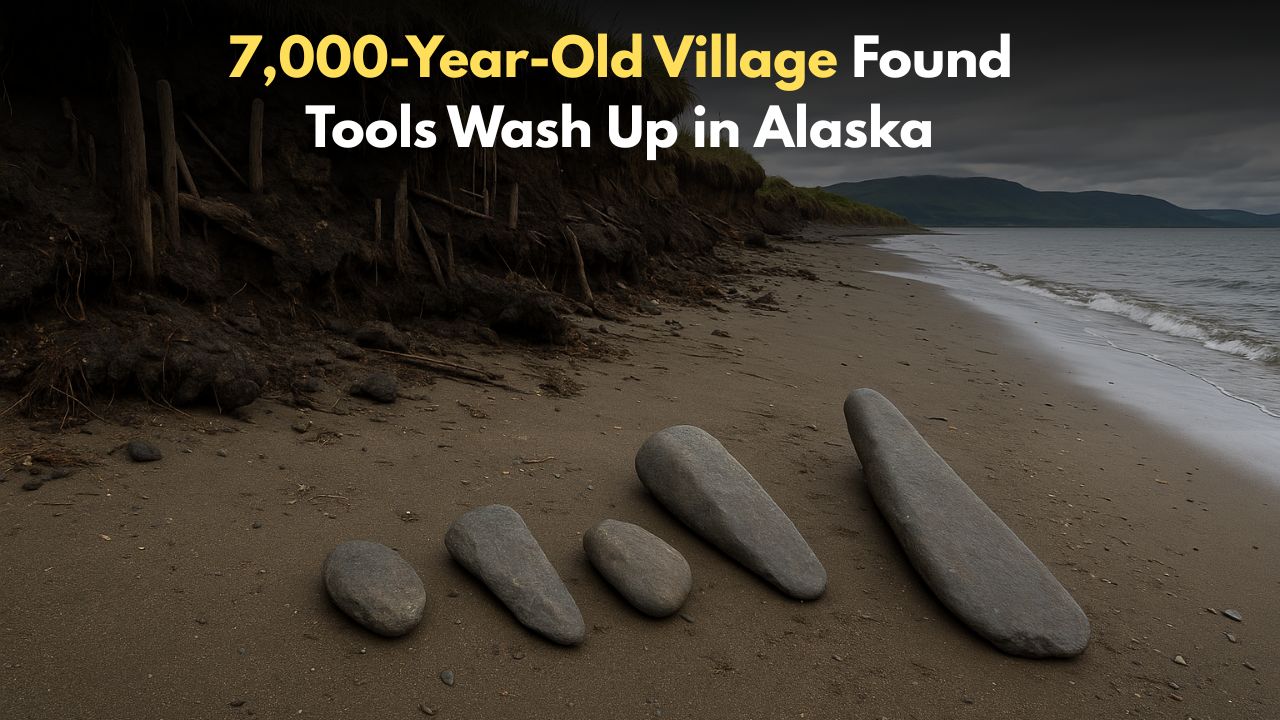1000-Year-Old Native Farming Network – In a groundbreaking archaeological discovery that’s rewriting American history, researchers in Michigan have uncovered a vast and complex system of ancient raised agricultural fields—believed to be over 1,000 years old. These man-made earthworks, stretching across large swathes of the Great Lakes region, offer powerful evidence that Native American civilizations in the area were not just nomadic or hunter-gatherers, as often portrayed, but sophisticated agricultural engineers.
What Are Raised Fields?
Raised fields are elevated platforms of soil built for farming in areas prone to flooding, poor drainage, or seasonal drought. These fields:
- Improve soil aeration and drainage.
- Retain warmth, extending the growing season.
- Allow for more controlled water distribution.
Archaeologists have known about raised fields in Central and South America (such as the Amazon and Andes), but this is the first significant discovery of such a system in the northern United States—specifically in Michigan.
Where Were These Fields Discovered?
The discovery occurred near the Saginaw Bay region, a part of Michigan that was once home to rich Indigenous communities long before European contact.
- Satellite imaging and LiDAR (Light Detection and Ranging) technology helped archaeologists identify the grid-like formations.
- The fields were found close to ancient settlements, suggesting a thriving agricultural economy.
- Some fields stretched hundreds of meters in size, with clear irrigation channels.
This find is being compared in importance to the Mississippian mounds near Cahokia, Illinois, and shows that agriculture was far more developed in the pre-Columbian Midwest than previously believed.
What Crops Were Grown?
Though research is ongoing, scientists believe the raised fields were used to grow the Indigenous “Three Sisters” crops:
- Corn (maize)
- Beans
- Squash
There is also evidence suggesting cultivation of sunflowers and tobacco, both of which held cultural and spiritual importance.
Charred plant remains and pollen analysis taken from soil samples reveal that multiple crop rotations were practiced—a sign of long-term, sustainable farming.
How Did It Function?
These raised field systems used a blend of earth engineering and hydrological management:
- Trenches between the fields acted as irrigation and drainage ditches.
- During wet seasons, the water in ditches helped maintain optimal soil moisture.
- Organic matter from ditch sediments was used as fertilizer, a technique still admired by modern permaculture.
The design reveals a deep understanding of seasonal changes, soil health, and water conservation—a level of sophistication not usually attributed to prehistoric North American societies.
Breaking the Myths About Native Agriculture
For decades, history books in the U.S. downplayed Native American agricultural achievements in the north. The popular belief was that tribes in the Great Lakes region lived mainly by hunting, fishing, and gathering. This new discovery, however, proves otherwise:
- Native societies were settled, not nomadic.
- They used advanced agricultural techniques centuries before European contact.
- They altered the landscape in sustainable, intentional ways, unlike the destructive farming practices introduced later.
This is a direct challenge to Eurocentric historical narratives.
How Was the Discovery Made?
The discovery was made by a team of researchers from Michigan State University and Indigenous scholars working collaboratively.
- Aerial mapping via LiDAR exposed unusual land patterns.
- Ground verification and soil core sampling confirmed the features were man-made.
- Carbon dating placed the fields between 800–1200 AD.
The project also included local Indigenous elders, who offered oral histories that confirmed knowledge of ancient farming in the region.
Global Significance of the Michigan Raised Fields
This discovery aligns Michigan with other global hotspots of ancient agriculture, including:
- The Amazon Basin (raised fields by the Tupi people)
- Mexico’s chinampas system
- Bolivia’s Waru Waru system
It shows that advanced agriculture evolved independently in different parts of the world—not just through influence from “Old World” civilizations like Egypt or Mesopotamia.
Why This Matters Today
The relevance of this discovery goes beyond rewriting history—it offers modern lessons too:
- Climate-resilient farming methods can be revived.
- Community-driven agriculture rooted in Indigenous knowledge is gaining importance.
- Preservation of archaeological landscapes is vital for cultural identity and ecological restoration.
Michigan’s ancient raised fields may even inform future sustainable agriculture models for flood-prone or degraded lands.
Preserving the Legacy
Michigan’s Indigenous farming fields are now being considered for UNESCO World Heritage nomination due to their significance. Preservation efforts are being pushed by tribal councils and academic institutions alike.
Community outreach programs and educational exhibits are also planned to showcase the engineering genius of Native American ancestors—reminding future generations of the true origins of agriculture on U.S. soil.
The discovery of ancient raised fields in Michigan is not just an archaeological win—it’s a cultural, historical, and ecological revelation. It corrects misconceptions, honors Native ingenuity, and paves the way for integrating ancient wisdom into modern science. What was once buried under centuries of soil and silence is now reshaping what we thought we knew about North America’s past.
FAQs of 1000-Year-Old Native Farming Network
Q1. Where exactly were the raised fields discovered in Michigan?
A1. Near the Saginaw Bay area, using LiDAR and aerial surveys.
Q2. How old are these raised fields?
A2. They are estimated to be over 1,000 years old, dating back to around 800–1200 AD.
Q3. What crops were grown on these fields?
A3. Corn, beans, squash, sunflower, and possibly tobacco.
Q4. Who built these raised fields?
A4. Indigenous Native American communities, possibly ancestors of the Ojibwe and Potawatomi.
Q5. Why is this discovery important?
A5. It challenges long-held beliefs about Native societies and highlights their agricultural innovations and sustainable practices.







